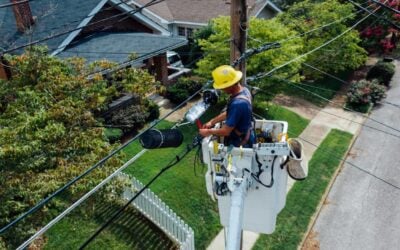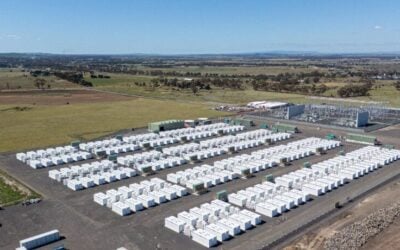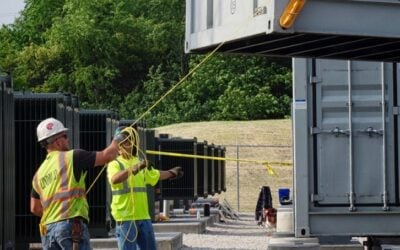Financing innovation will be a key driver for the adoption of stationary battery energy storage technology. Credit: Navigant Research
Third parties and utilities will finance around 84% of the market for grid-tied stationary battery energy storage by 2025, according to a report from Navigant Research.
Such battery energy storage systems (BESSs) are now able to provide services to the grid and customer in a more predictable way in terms of finance, said the report, ‘Financing Advanced Batteries in Stationary Energy Storage’. More predictable revenue streams allow for the creation of new energy storage financing asset classes, which are also expected to speed up the adoption of this stationary technology.
Navigant said the evolution of project finance has been critical to the development of various energy technologies and for investors to move into this grid-tied stationary battery energy storage sector, they must understand the unique risks associated with the operation of BESSs and they must quantify the potential revenue and operating costs. The report looked at both behind-the-meter and front-of-meter applications.
William Tokash, senior research analyst at Navigant Research, said: “Just as the advent of the solar power purchase agreement was a key driver for the adoption of solar PV, financing innovation will be a key driver for the adoption of stationary battery energy storage technology. Now that BESSs are delivering grid benefits in ways that can be better defined financially, new financing asset classes are emerging to support new projects.”
Try Premium for just $1
- Full premium access for the first month at only $1
- Converts to an annual rate after 30 days unless cancelled
- Cancel anytime during the trial period
Premium Benefits
- Expert industry analysis and interviews
- Digital access to PV Tech Power journal
- Exclusive event discounts
Or get the full Premium subscription right away
Or continue reading this article for free
Last week, Energy-Storage.News reported that 12MW of energy storage projects in Canada will be paid for with third-party project financing, which consulting firm Apricum said was likely to set a trend for the future.





